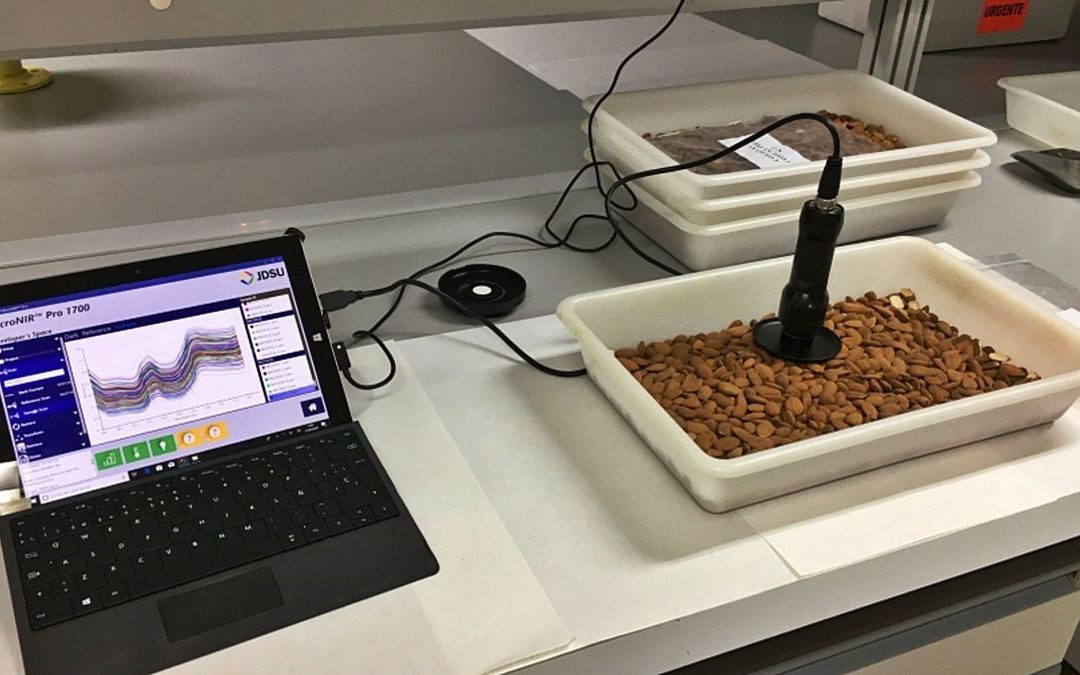Córdoba is one of the international benchmarks in the development and use of NIRS technology, a method for diagnosing products in the agri-food sector that in a matter of seconds provides all the information necessary to control their status and quality.
Córdoba has been dedicated to agri-food research for more than three decades and the AGR-128 group of the University of Córdoba (UCO), dedicated to the Engineering of Agricultural and Livestock Production Systems, is one of the international benchmarks in food quality control and animal products through the use of new technologies.
Lola Pérez-Marín, professor at the Higher Technical School of Agricultural and Forestry Engineering (ETSIAM) of the University of Cordoba, is one of those responsible for the group’s research line aimed at the use of sensors for agri-food control through the use of called NIRS technology
The ETSIAM professor is currently coordinator of sensorFINT, a European project to develop a network on non-destructive spectral sensors. This open and collaborative network is funded by the organization for European Cooperation in Science and Technology (COST).
The main objective, indicates its president, “has been to create a multidisciplinary network for the application of non-destructive spectral sensors to the demands of the agri-food industry in terms of aspects related to the quality, safety, authenticity or traceability of the products they process, combining the experience of different participants in areas such as research, sensor design or technology transfer to accelerate the implementation of spectral sensors throughout the entire food chain”.
In addition, this COST action “is aimed at the use of sensors and technologies that allow the design of new intelligent quality control systems to address the new challenges of Industry 4.0, that is, a massive, automated, digitized, instantaneous and non-automated inspection. destructive of food products and processes that enables informed decision-making in real time»
Read full article (Spanish version) here

